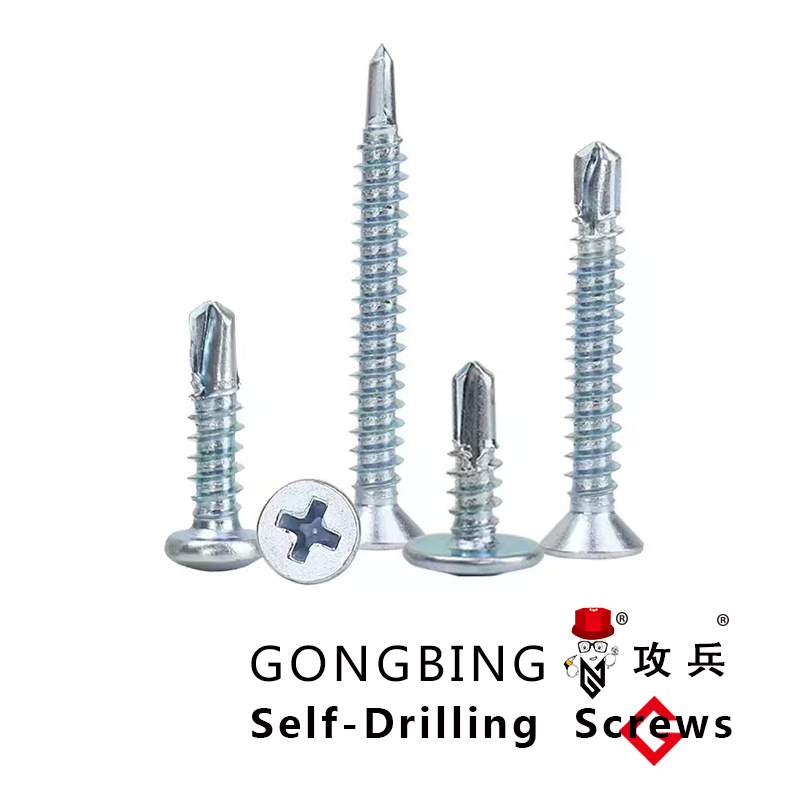Innovative Steel Bracing Solutions for Enhanced Structural Stability and Performance
Steel Bracing Enhancing Structural Integrity
Steel bracing is an essential component in modern structural engineering, playing a crucial role in ensuring the stability and safety of buildings and other constructions. As urbanization continues to rise, and as structures grow taller and more complex, the need for robust bracing systems has become increasingly apparent. This article delves into the significance of steel bracing, its types, applications, and the benefits it brings to modern architecture.
What is Steel Bracing?
Steel bracing refers to a system of steel components that are installed in a structure to provide lateral support and stability. This support is particularly vital in resisting forces that can cause swaying or collapsing during events such as earthquakes, high winds, or other dynamic loads. Bracing members are typically arranged in a triangular or cross-brace configuration, which effectively distributes and alleviates stress across the structure.
Types of Steel Bracing
There are several types of steel bracing systems, each with its unique design and applications
1. Cross Bracing This is one of the most common forms of bracing, where diagonal steel members intersect to form an “X.” Cross bracing is highly effective in resisting lateral loads and is often used in tall buildings and structures that require enhanced stability.
2. K-Bracing In K-bracing systems, the diagonal members are arranged in a way that resembles the letter “K.” This type of bracing offers a combination of structural integrity and aesthetic appeal, making it popular in both commercial and residential buildings.
3. Chevron Bracing Similar to cross-bracing but arranged in a V shape, chevron bracing allows for efficient load transfer while maintaining a clear space within the structure. It is often used in bridge designs and large open spaces.
4. Rigid Frame Bracing In this system, the bracing is integrated into the frame of the building itself. This type provides substantial resistance against lateral forces and is commonly employed in industrial buildings and warehouses.
steel bracing

Applications of Steel Bracing
Steel bracing is utilized in a wide array of construction projects. High-rise buildings rely heavily on effective bracing systems to withstand strong winds and seismic activities. Bridges, especially pedestrian and vehicular structures, incorporate bracing to ensure safety and longevity. Additionally, steel bracing is employed in sports stadiums, industrial facilities, and even residential homes where increased structural integrity is necessary.
Benefits of Steel Bracing
The implementation of steel bracing in structures offers numerous advantages
- Enhanced Safety By providing lateral support, steel bracing reduces the risk of structural failure during extreme weather conditions or seismic events.
- Cost-Effectiveness Although the initial investment might be significant, steel bracing can save money in the long run by minimizing damage during natural disasters and reducing maintenance costs.
- Design Flexibility Modern engineering allows for innovative bracing designs that not only enhance structural performance but also contribute to the aesthetic appeal of buildings.
- Sustainability Steel is a recyclable material, making steel bracing a more environmentally friendly option compared to other construction materials.
Conclusion
In conclusion, steel bracing is an indispensable aspect of contemporary construction, ensuring the integrity and resilience of various structures. With the increasing demands of urban development and the challenges posed by natural forces, the role of steel bracing will continue to grow. As technology advances, new methods and designs for steel bracing systems will emerge, further enhancing the safety, functionality, and aesthetic qualities of our built environment. Through effective implementation of steel bracing, engineers and architects can create safer, more sustainable structures that can withstand the test of time and nature.
-
Wedge Anchor Bolts: Secure Fastening SolutionsNovasAug.05,2025
-
Insulation Fixings: Secure and Durable SolutionsNovasAug.05,2025
-
Full Threaded Studs: Versatile Fastening SolutionsNovasAug.05,2025
-
Expanding Fasteners: Secure and Reliable SolutionsNovasAug.05,2025
-
Butterfly Toggle Anchors: Secure and Easy to UseNovasAug.05,2025
-
Bracing Solutions for Steel StructuresNovasAug.05,2025
